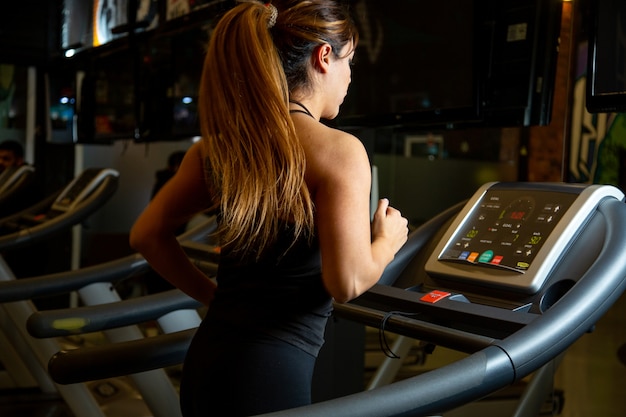Improving cardiovascular fitness is a top goal for runners and fitness enthusiasts alike. One of the best indicators of cardio health and endurance is VO₂ max—the maximum amount of oxygen your body can use during intense exercise. The higher your VO₂ max, the more efficiently your body delivers oxygen to your muscles, allowing you to run faster and longer. But when it comes to boosting this crucial metric, should you hit the treadmill or head outside? Let’s break down the science, compare the benefits, and offer simple, evidence-based routines to help you improve your VO₂ max—no matter where you run.
VO₂ max is measured in milliliters of oxygen per kilogram of body weight per minute (mL/kg/min). It reflects your aerobic capacity and is a strong predictor of endurance performance. Higher VO₂ max levels are linked to better heart health, improved stamina, and reduced risk of chronic diseases.
While genetics play a role, training is the most significant factor in improving VO₂ max. Both treadmill and outdoor running can elevate it—but they do so in different ways.
Treadmills offer a consistent, low-impact environment ideal for structured training. Because speed and incline are precisely controlled, it’s easier to perform high-intensity interval training (HIIT)—a proven method for boosting VO₂ max.
Studies show that treadmill-based HIIT protocols—such as 4x4 minutes at 90–95% of max heart rate with 3-minute recovery periods—can significantly increase VO₂ max in as little as 6–8 weeks.

Treadmills also eliminate wind resistance and terrain variability, allowing you to focus purely on effort and form. This consistency helps track progress accurately over time.
Running outdoors introduces natural variables—wind, hills, uneven terrain—that challenge your body in ways treadmills can’t replicate. These factors increase energy expenditure and recruit more muscle groups, potentially leading to greater cardiovascular adaptations.
Research suggests that outdoor running, especially on varied terrain, may lead to slightly higher VO₂ max improvements compared to treadmill running when matched for intensity. The mental engagement and environmental stimulation of outdoor runs also improve motivation and adherence—key for long-term gains.

Both modalities are effective. However, the best choice depends on your goals, environment, and preferences.
For optimal VO₂ max improvement, consider combining both. Use the treadmill for structured, high-intensity sessions and outdoor runs for endurance, variety, and mental refreshment.
You don’t need hours of training to improve your VO₂ max. Short, intense routines done 2–3 times per week can yield significant results.
Whether you choose the treadmill or the open road, both are powerful tools for improving VO₂ max. The key is consistent, high-intensity effort over time. By incorporating short, science-backed routines and simple daily habits, you can enhance your aerobic capacity, boost endurance, and support long-term health—regardless of your running environment.
So lace up, set your goals, and start running—indoors or out. Your heart (and lungs) will thank you.

Fitness

Fitness

Fitness

Fitness

Fitness

Fitness

Fitness

Fitness

Fitness

Fitness

Fitness

Fitness

Health

Fitness

Health

Health